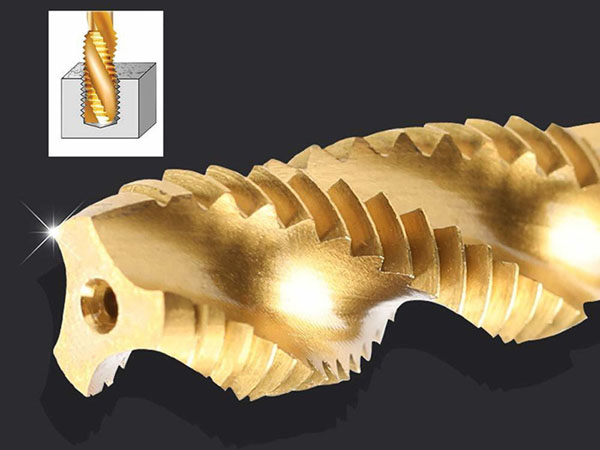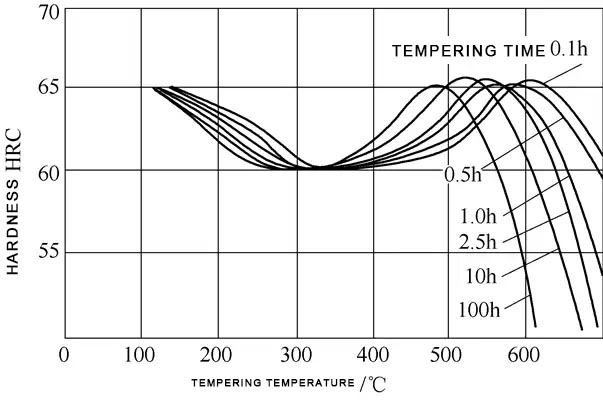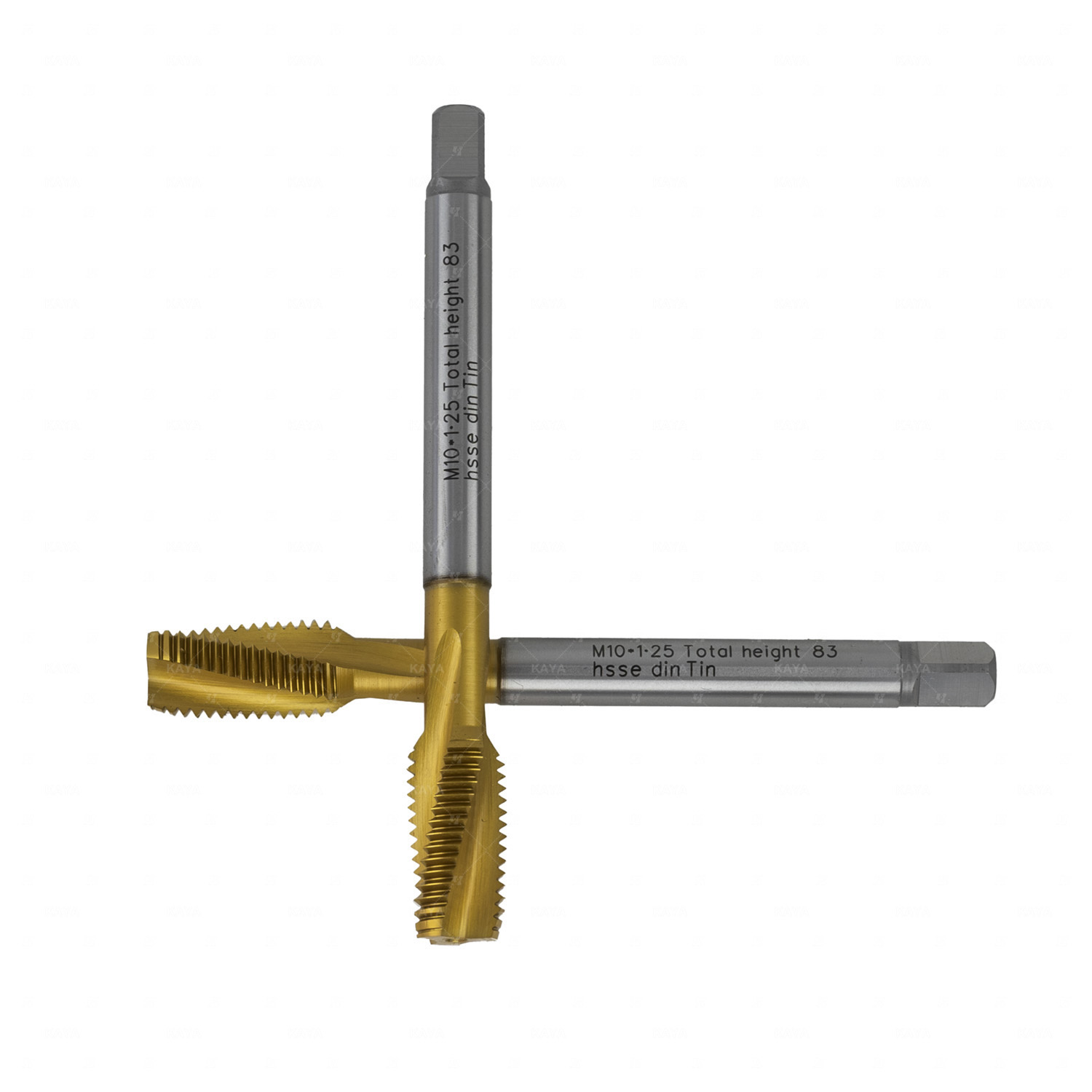
The Secret Weapon for High-Temperature Dry Cutting: A Comprehensive Guide to Coated Taps
In the realm of metalworking, high-temperature dry cutting is becoming an irreversible trend. Stricter environmental regulations and rising energy efficiency demands are compelling manufacturers to face the extreme challenges of coolant-free machining. When cutting temperatures exceed 500 °C, conventional taps behave like steel blades plunged into lava—the cutting edge collapses under thermal softening, atomic-level adhesion between chips and tools leads to fatal jamming, and oxidation silently erodes tool life. In this thermodynamic battle, coating technology quietly emerges as a game-changer. Through the synergistic effects of nanocomposite thermal barriers, adaptive lubrication mechanisms, and chemically inert shields, modern coated taps are rewriting the rules of high-temperature machining, paving new pathways for precision tapping of hard-to-machine materials such as stainless steel and titanium alloys.
(With Visualized Technical Principles)

| Temperature Condition | Elemental Diffusion Depth (μm) | Hardness Drop | Typical Failure Mode |
|---|---|---|---|
| 300 °C Wet Cutting | < 0.5 | < 5% | Normal Wear |
| 550 °C Dry Cutting | 2.1–3.8 | 18–22% | Diffusion Layer Peeling |
| 700 °C Dry Cutting | 5.3–7.6 | 35–40% | Grain Boundary Corrosion Fracture |
Critical Temperature Chart: Oxidation thresholds for common materials
| Material | Danger Zone | Typical Oxide Products |
|---|---|---|
| Carbon Steel | >480 °C | Layered Fe₃O₄ exfoliation |
| 316 Stainless | >650 °C | Localized Cr₂O₃ corrosion |
(Explained Through Comparative Advantages)

| Workpiece Material | Recommended Coating | Cutting Speed | Feed Rate Correction | Warning Temperature |
|---|---|---|---|---|
| 304 Stainless Steel | AlCrN + MoS₂ | 15–25 m/min | ×0.8 | 680 °C |
| Inconel 718 | TiAlSiN | 8–12 m/min | ×0.6 | 620 °C |
| QT700 Ductile Iron | Multilayer WC/C | 20–30 m/min | ×1.1 | 750 °C |
(Root Cause Analysis of Technical Issues)
Orthopedic Implant Machining (material: medical-grade titanium alloy)
In the harsh environment of high-temperature dry cutting, the evolution of coated taps is fundamentally a deep integration of materials science and tribology. From thermal expansion control via gradient composite coatings to chip evacuation optimization through micro-nano structures, each innovation is reshaping the interface boundaries between tool and workpiece. Field data shows that selecting the right coating can extend tool life by 3–5 times and reduce energy losses by over 30%. This technological breakthrough not only enhances individual tool performance but also propels the entire machining ecosystem toward sustainable manufacturing. With the fusion of smart-sensing coatings and digital twin technologies, the future of high-temperature machining will offer more precise thermal control and more stable process boundaries—continually unlocking the potential of difficult-to-machine materials.

 We like to do design according to all the customers' requirements, or offer them our new designs. With strong OEM/ODM capabilities, we can fill your sourcing demands.
We like to do design according to all the customers' requirements, or offer them our new designs. With strong OEM/ODM capabilities, we can fill your sourcing demands.